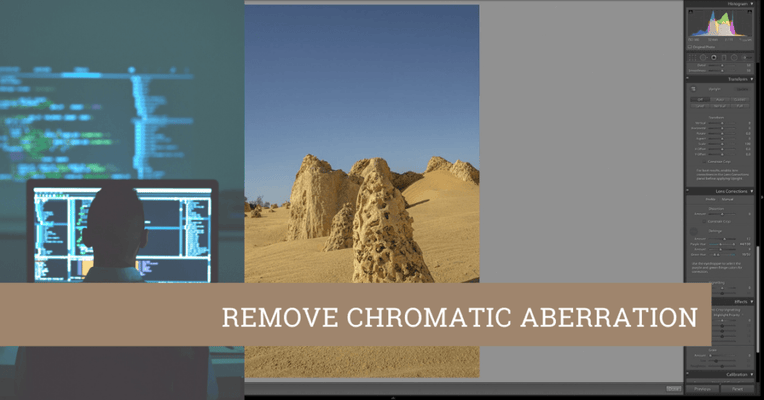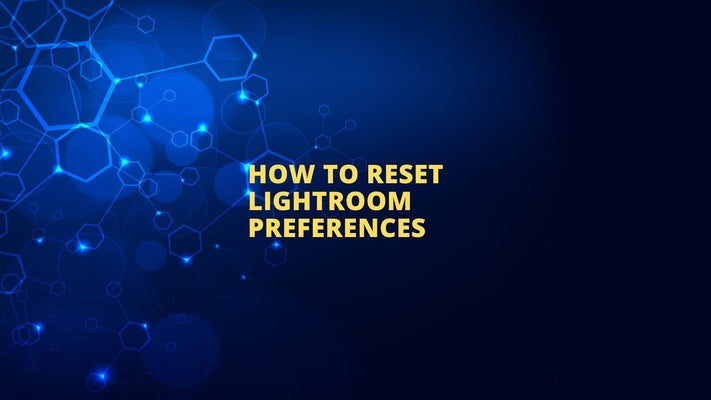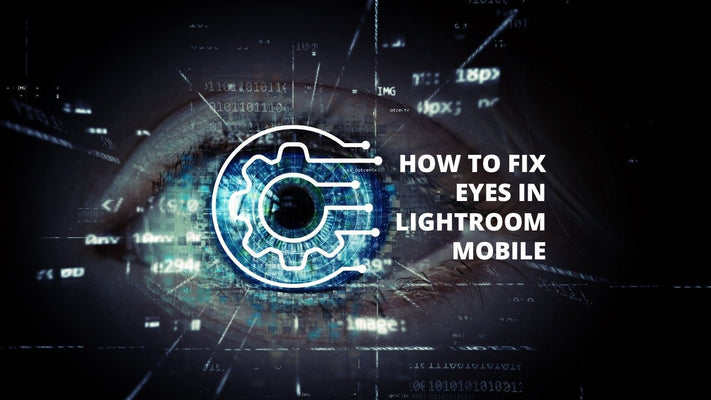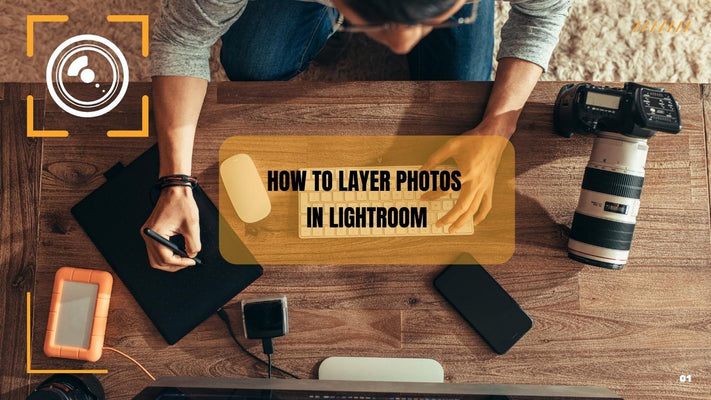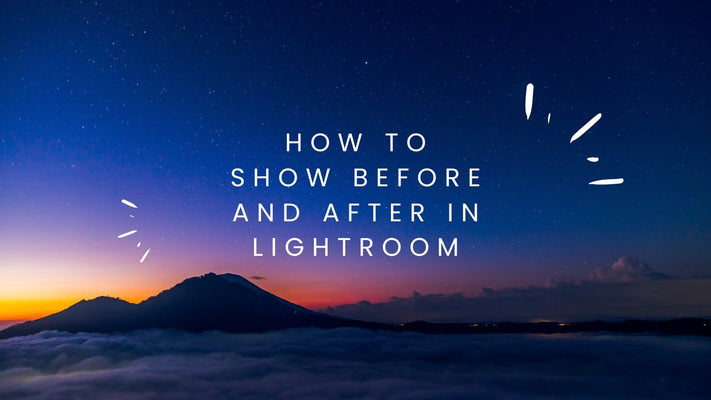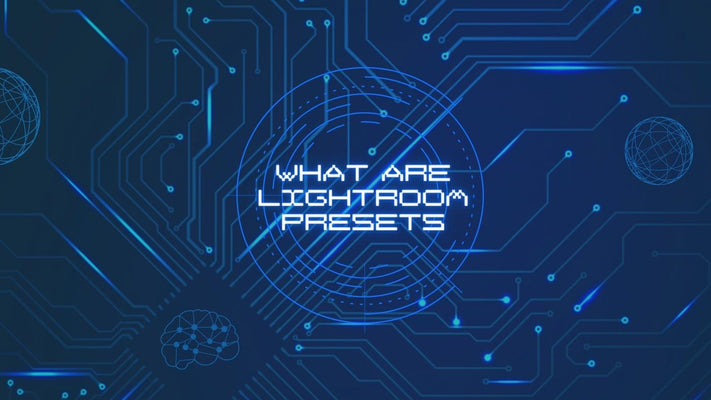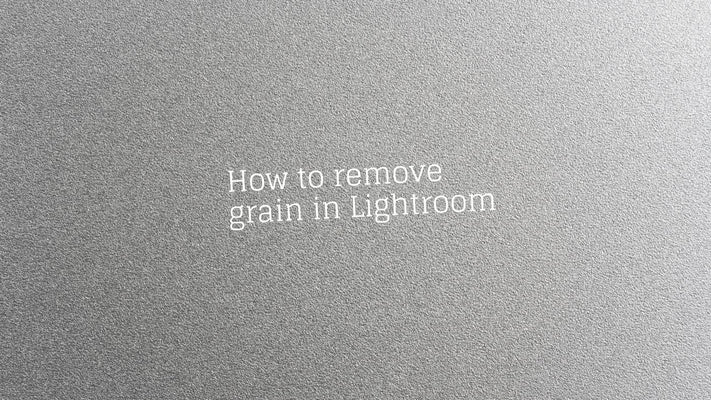How to edit video in Lightroom?
Exploring New Horizons: Video Editing in Adobe Lightroom
Lightroom is a powerful tool known for its comprehensive photo editing capabilities. However, what many users might not know is that Lightroom also offers basic video editing functionality. This article will answer the two related questions: "Can Lightroom edit videos?" and "How to edit video in Lightroom?".
Can Lightroom Edit Videos?
The answer is yes, Lightroom can edit videos, but with some limitations. While it does not have the same comprehensive video editing features that Adobe's dedicated video software, Premiere Pro, does, Lightroom does provide basic tools for making simple edits to your videos. These include trimming, applying presets, capturing frames, and adjusting exposure, white balance, and other similar settings.
It's important to note that Lightroom Classic only supports videos in H.264 encoded formats like MOV, MP4, and AVI. So, if you're working with other video formats, you may need to convert them first.
How to Edit Video in Lightroom: A Step-by-Step Guide
Editing videos in Lightroom involves a similar process to editing photos, with a few extra steps. Here's a detailed walkthrough:
Step 1: Import Your Video
Start by importing your video file into Lightroom. You can do this by going to 'File' > 'Import Photos and Video'. Navigate to the location of your video file, select it, and click 'Import'. Your video will now appear in your Library.
Step 2: Trim Your Video
In the Library module, select your video and open it in the Loupe View by double-clicking it. You'll see a timeline appear at the bottom of the video. Click and drag the handles on either end of this timeline to trim your video. The trimmed portion of your video will be shaded, and only the unshaded section will be played back and exported.
Step 3: Capture a Frame (Optional)
If there's a particular frame in your video that you'd like to edit as a standalone photo, you can capture it by pausing the video at the desired frame, then clicking on the 'Frame' button below the video. This will create a JPEG image of that frame, which you can then edit using all of Lightroom's photo editing tools.
Step 4: Apply Basic Adjustments
Now, switch to the 'Develop' module. Here, you'll see that many of the usual photo editing tools are greyed out. However, the 'Basic' panel is still available. This panel allows you to adjust the exposure, contrast, highlights, shadows, whites, blacks, clarity, vibrance, and saturation of your video. Adjust these settings as desired.
Step 5: Apply Presets
One of Lightroom's most powerful features is its ability to apply presets, and this feature extends to video as well. Navigate to the 'Presets' panel on the left side of the Develop module. Here, you can select and apply any of your existing presets to your video. Please note that since many of Lightroom's photo editing tools don't apply to video, not all aspects of your presets may be applied.
Step 6: Export Your Video
Once you're happy with your edits, it's time to export your video. Go to 'File' > 'Export'. In the Export dialog box, ensure 'Video' is selected in the 'Export To' dropdown menu. Choose your desired video quality, format, and location, then click 'Export'. Lightroom will process and export your video.
Conclusion
While Lightroom's video editing capabilities aren't as robust as its photo editing tools, it does offer useful functionality for making basic adjustments to your videos. By being able to trim, apply basic adjustments, and even capture frames, Lightroom provides a convenient solution for those who want to make simple edits or create standalone images from video frames. It's particularly beneficial for photographers who want to maintain a consistent look between their photos and videos.
However, it's important to note that Lightroom is not a dedicated video editing software like Adobe Premiere Pro. If you require advanced video editing features such as complex transitions, audio editing, or specialized effects, it's recommended to use a dedicated video editing program.
That being said, Lightroom's video editing capabilities can be a great starting point for those who are new to video editing or who want to make quick adjustments without switching to a separate software. It offers a seamless workflow for photographers who already use Lightroom for their photo editing needs.
Remember, video editing in Lightroom is best suited for simple adjustments and maintaining a cohesive visual style across your photos and videos. If you're looking for more advanced editing options or precise control over your video footage, it's worth exploring dedicated video editing software.
Lastly, it's essential to ensure that your hardware meets the requirements for video editing in Lightroom. Working with videos can be resource-intensive, and a powerful computer with sufficient memory and processing capabilities will provide a smoother editing experience.
In conclusion, while Lightroom's video editing capabilities are more limited compared to dedicated video editing software, it still offers valuable tools for basic adjustments and maintaining consistency between your photos and videos. By following the step-by-step guide outlined in this article, you can begin exploring the possibilities of video editing within Lightroom and enhance your visual storytelling across different mediums.


